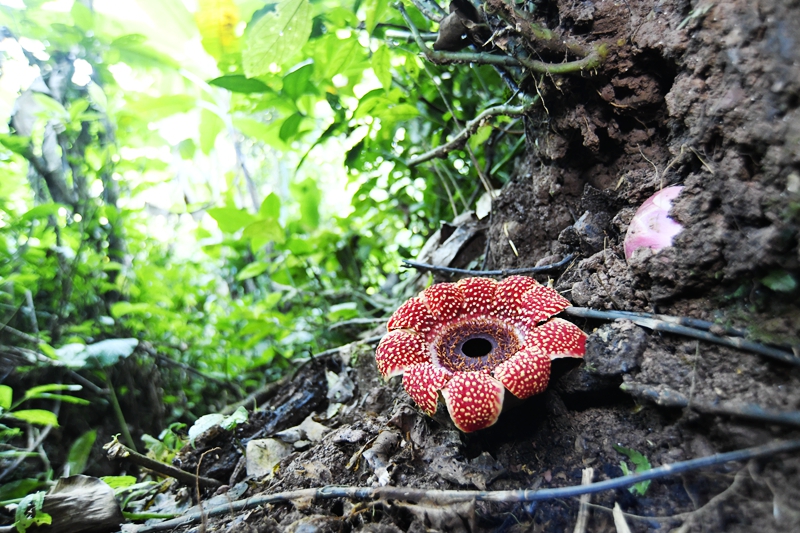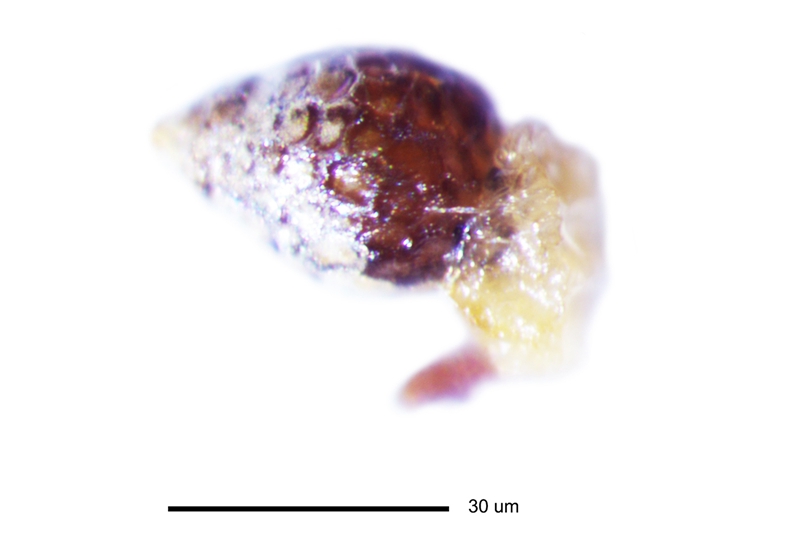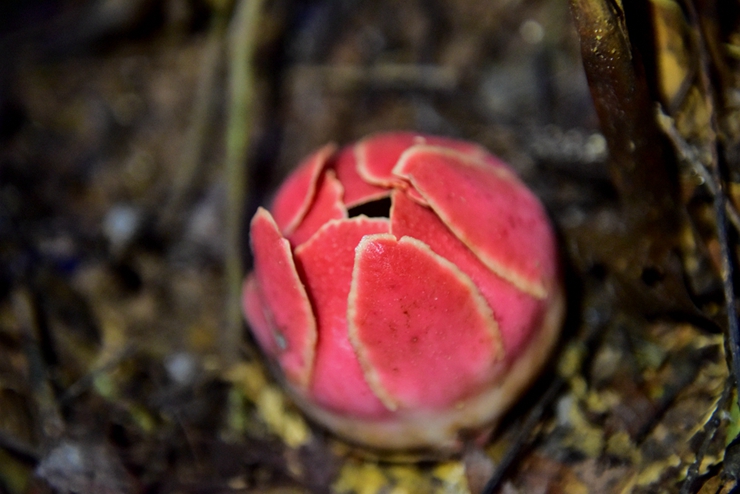Xishuangbanna Tropical Botanical Garden (XTBG) is delighted to announce that it has harvested the seeds of Sapria himalayana, a root parasitic plant and rare botanical curiosity. It is the first time for XTBG to get the seeds of this host-specific parasitic angiosperm.
Sapria himalayana is a host-specific parasitic angiosperm, rare and a botanical curiosity, and sensitive to human intervention. It represents the extreme manifestation of the parasitic mode, being completely dependent on its host plant for water, nutrients, and products of photosynthesis.
For many years, nobody has ever seen the bloom of Sapria himalayana in natural habit in Xishuangbanna. In late December 2015, XTBG researchers found the blooming Sapria himalayana in nature and called people to care and protect this rare parasitic root.
Sapria flower has an unpleasant odor which in turn indicates the possibility of the presence of some pollinating agents in the vicinity. It has been assumed that flies pollinate these plants while rodents help in seed dispersal. But the pollination and seed dispersal patterns as well as the agents involved in these processes have not yet been documented.
The natural pollination of Sapria himalayana is very difficult, probably due to its limited distribution and sensitivity to human impact..
Dr. Sven Landrein of XTBG conducted artificial pollination between two blooming male and female flowers of Sapria himalayana and got 38907 seeds.
“This is the first time that XTBG has got seeds of Sapria himalayana that represents the extreme manifestation of the parasitic mode. XTBG is also the first Chinese botanical garden to get the seeds of this amazing plant”, said Dr. Sven Landrein.

Blooming Sapria himalayana in the wild. (By Mo Haibo)

Mature fruit of Sapria himalayana. (by Sven Landrein )

Seed of Sapria himalayana. (by Sven Landrein )

Sapria himalayana bud opens.
RELATED Sapria himalayana reappears in Xihsuangbanna




